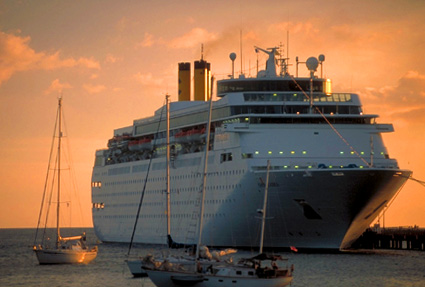
Cruise line operators will face additional protected marine areas with the launch of global mapping project by the International Council of Cruise Lines (ICCL) and Conservation International (CI) to improve biodiversity.
This joint venture initiative will enforce marine areas such as coral reefs, seamounts and shellfish growing areas that are currently absent in cruise line navigational charts.
New practices include adhering to no-discharge zones and a policy of no discharge within four miles of shore unless the ship is using an advanced wastewater purification system (AWPS).
The mapping initiative was one of 11 recommendations made by an independent science panel comprised of marine experts and chaired by world renowned marine biologist Dr Sylvia Earle.
The recommendations explored a variety of issues including wastewater discharge, installation of AWPS, disposal of sewage bio-residues, and increasing passenger awareness on waste management practices.
ICCL president Michael Crye said the ICCL would implement a majority of the panel’s recommendations immediately.
Chair of the science panel and executive director of CI’s Global Marine Division, Dr Earle commended the cruise industry’s support for the project.
“The science panel understands individual cruise ships and transportation routes will impact how each recommendation can be carried out. Implementation of this mapping exercise will be an important first step as the industry begins the process of reviewing and integrating the science panel’s recommendations into their operations,” Dr Earle said.
Executive director of Conservation International’s Center for Environmental Leadership in Business, Glenn Prickett said the global mapping initiative was an example of how the conservation community could work cooperatively with the cruise industry to achieve conservation aims.




No comments:
Post a Comment